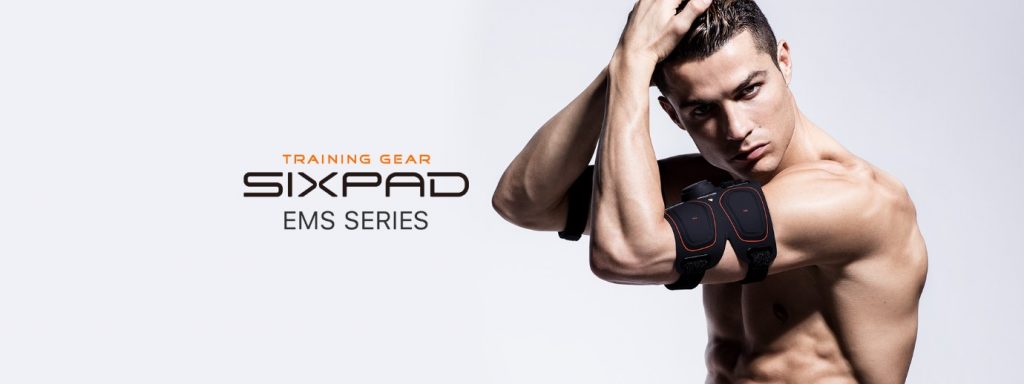Proven to be the most optimal frequency for building muscle definition, tone & define with EMS Training Gear at 20 Hz!
Proven to be the most optimal frequency for building muscle definition, tone & define with EMS Training Gear at 20 Hz!

If you find yourself struggling to do push-ups and pull-ups despite being able to run 20 kilometres without stopping – the issue might lie in the makeup of your skeletal muscles.
Our muscles are made up of two key muscle fibres – namely, fast-twitch (white muscle group) and slow-twitch muscles (red muscle group). These muscle fibres help with different types of physical activities but can also weaken and affect your physical capabilities as you age.
Luckily, it doesn’t take a degree in human anatomy to learn about these muscle groups. Learn more about fast-twitch and slow-twitch muscles and how you can manage your muscle health as you age.
Distinction between Fast-Twitch and Slow-Twitch Muscles

On one hand, fast-twitch muscles burn out much faster than slow-twitch muscles and are used in exercises which require powerful bursts of movements. These large muscle fibres are used in activities like sprinting, kickboxing, kettlebell swings and weight-lifting. If your fast-twitch muscles are not strong, you might experience difficulties when it comes to strength-training.
On the other hand, slow-twitch muscles take a relatively longer time to fatigue. In comparison to fast-twitch muscles, slow-twitch muscles generate less power and strength even though they are relatively smaller. They are your main source of endurance and sustain your body during a lengthy workout. These types of muscle fibres help you in endurance sports like swimming, long-distance running, dancing and hiking.
As you age, you might find that your strength diminishes over time – this is actually due the fact that your fast-twitch muscles have started to weaken. What happens is that your fast-twitch muscles get smaller and die faster when you are older – this causes you to be less resistant to muscle aches and fatigue.
Manage Muscle Health

Sadly, there is no escaping the aging clock. Even if you have always maintained a healthy lifestyle including regular exercise and a balanced diet, you may start losing strength at an older age.
Luckily for you, SIXPAD has a futuristic solution to help you obtain more optimal muscle health. Behold, our Electrical Muscle Stimulation (EMS) training gear!
Developed with CMM Pulse as its core technology, SIXPAD offers a range of wearable training gear to give users an effective and efficient daily muscle training which can be done anytime, anywhere. CMM Pulse features the fusion of football icon Cristiano Ronaldo’s (CR) training theory & Emeritus Professor Toshio Moritani’s extensive research in EMS technology.
After years of research and study, Professor Moritani uncovered the optimal frequency for effective muscle training – 20 Hz. He found that EMS at 20 Hz allowed muscles to contract involuntarily for prolonged time periods, giving rise to enhanced performance which in turn, stimulate muscle tissues for increased strength and definition.
Apart from enhancing performance, SIXPAD’s line of fitness gear also offers an antidote for aged muscles. SIXPAD fitness gear helps users attain better muscle health. EMS at 20 Hz reduces inflammation, promotes blood circulation and strengthens the fast-twitch muscles by enhancing the recovery. With regular use, SIXPAD fitness gear could give users better muscle health and help them persevere their bodily strength even at an old age. You might start finding that you have more energy and motivation with better muscle health.
Concluding Remarks
All in all, preserving your health at an old age takes effort. Thus, make sure that you start caring for your muscle health early to reduce your risks of injury in the future!
Sources: